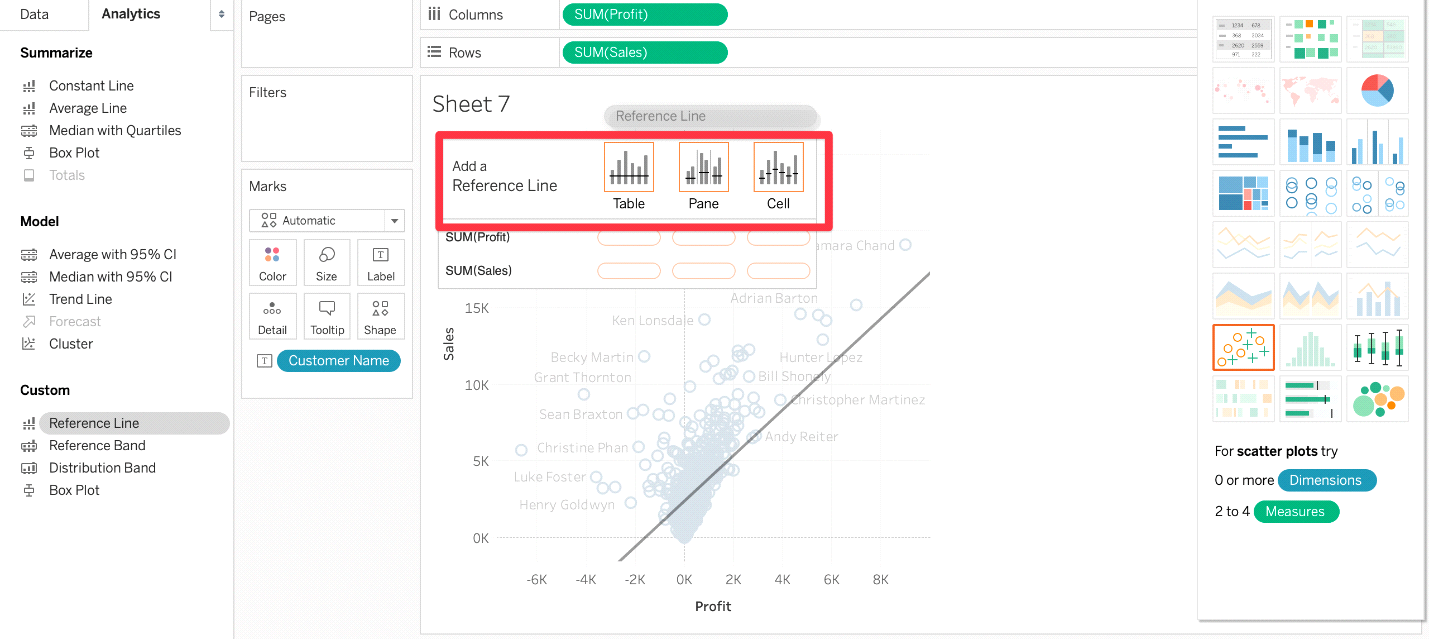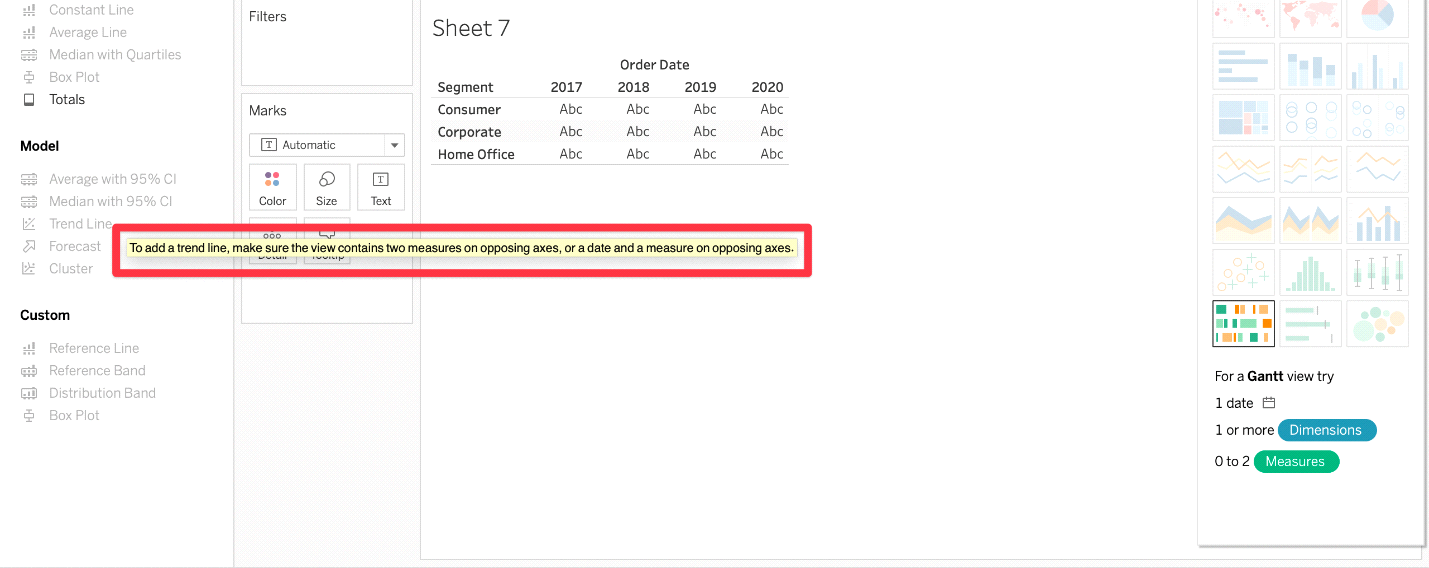Eliminate Risk of Failure with Tableau TDS-C01 Exam Dumps
Schedule your time wisely to provide yourself sufficient time each day to prepare for the Tableau TDS-C01 exam. Make time each day to study in a quiet place, as you'll need to thoroughly cover the material for the Tableau Desktop Specialist exam. Our actual Tableau Desktop Specialist exam dumps help you in your preparation. Prepare for the Tableau TDS-C01 exam with our TDS-C01 dumps every day if you want to succeed on your first try.
All Study Materials
Instant Downloads
24/7 costomer support
Satisfaction Guaranteed
Which of the following are benefits of combining sheets using dashboards?
See the explanation below.
The only incorrect option is -It is mandatory to combine sheets when using Tableau.
All others are valid advantages that Dashboards provide when using Tableau!
True or False:When relating tables, the fields that define the relationships must have the same data type.
See the explanation below.
According to the official documentation, the following are the requirements for using relationships:
1) When relating tables, the fields that define the relationshipsmusthave the same data type. Changing the data type in the Data Source page does not change this requirement. Tableau will still use the data type in the underlying database for queries.
2) You can't define relationships based on geographic fields.
3) Circular relationships aren't supported in the data model.
4) You can't edit relationships in a published data source.
5) You can't define relationships between published data sources.
6) Your workbook must use an embedded data source for you to be able to edit relationships and performance options in the Data Source page in Tableau Online or Tableau Server.
Which of the following are FALSEabout Joins?
See the explanation below.
According to the official documentation:
Joins are a morestaticway to combine data. Joins must be defined between physical tables up front, before analysis, and can't be changed without impacting all sheets using that data source. Joined tables are always merged into a single table. As a result, sometimes joined data is missing unmatched values, or duplicates aggregated values.
Joins -
1) Are displayed with Venn diagram icons between physical tables
2) Require you to select join types and join clauses
3)Joined physical tables are merged into a single logical table with a fixed combination of data
4) May drop unmatched measure values
5)May duplicate aggregate values when fields are at different levels of detail
6) Support scenarios that require a single table of data, such as extract filters and aggregation
Which of the following are valid options to define the scope of a reference line? Choose 3.
See the explanation below.
When we create a reference line, we get the following 3 options for the scope:

Which of the following are required to create a trend line?
See the explanation below.
To create a trend line, we need:

Are You Looking for More Updated and Actual Tableau TDS-C01 Exam Questions?
If you want a more premium set of actual Tableau TDS-C01 Exam Questions then you can get them at the most affordable price. Premium Tableau Desktop Specialist exam questions are based on the official syllabus of the Tableau TDS-C01 exam. They also have a high probability of coming up in the actual Tableau Desktop Specialist exam.
You will also get free updates for 90 days with our premium Tableau TDS-C01 exam. If there is a change in the syllabus of Tableau TDS-C01 exam our subject matter experts always update it accordingly.
